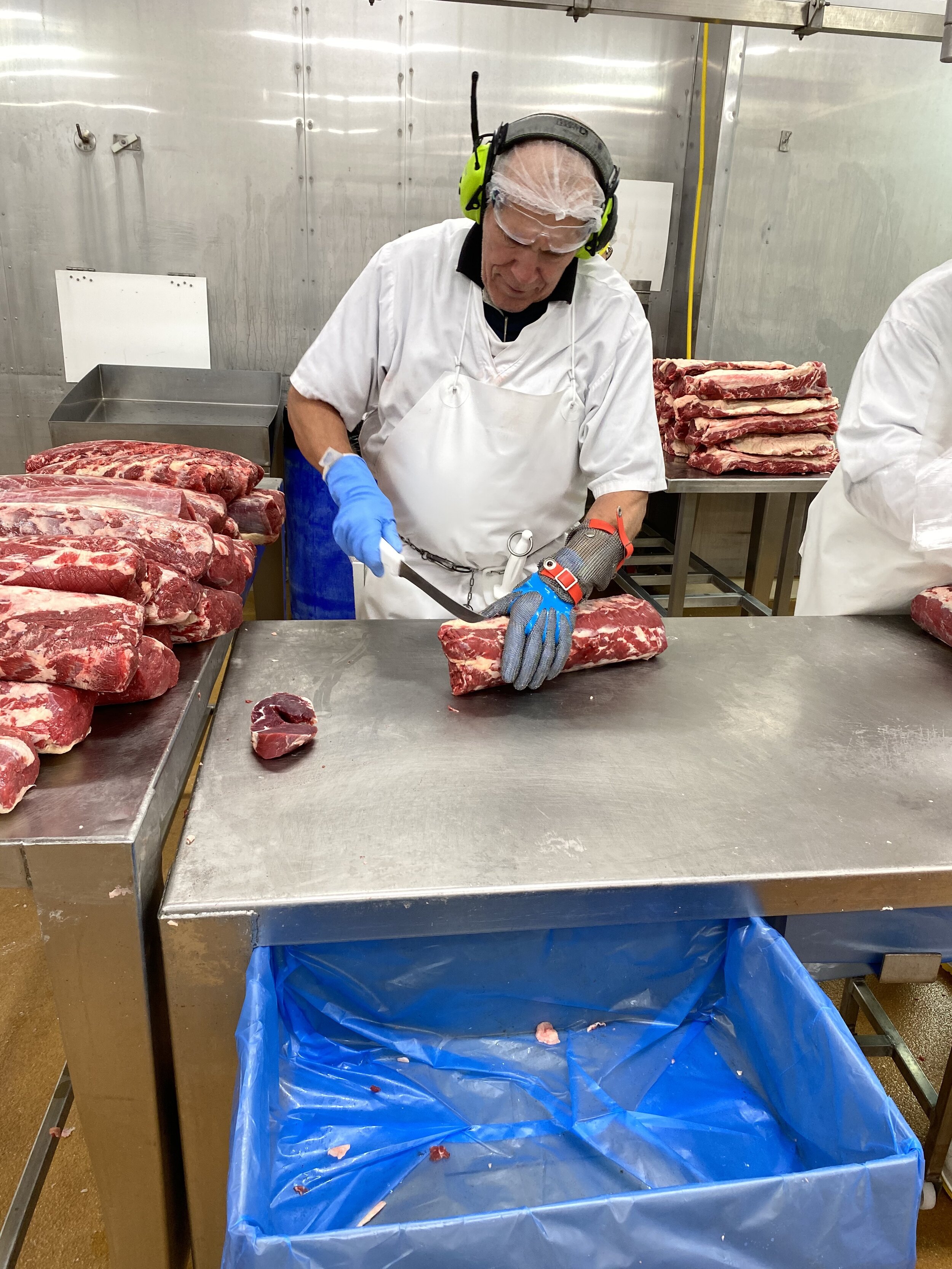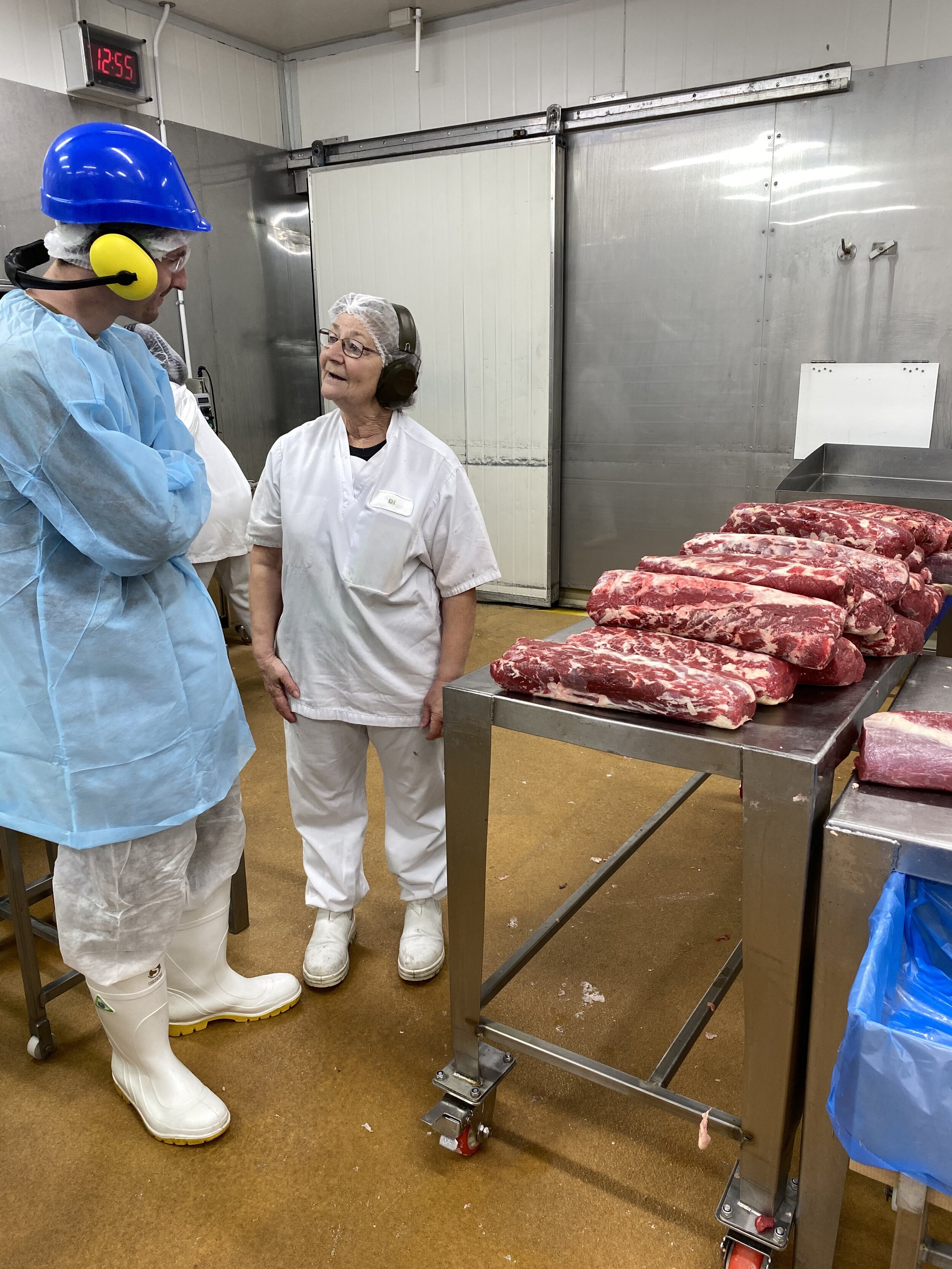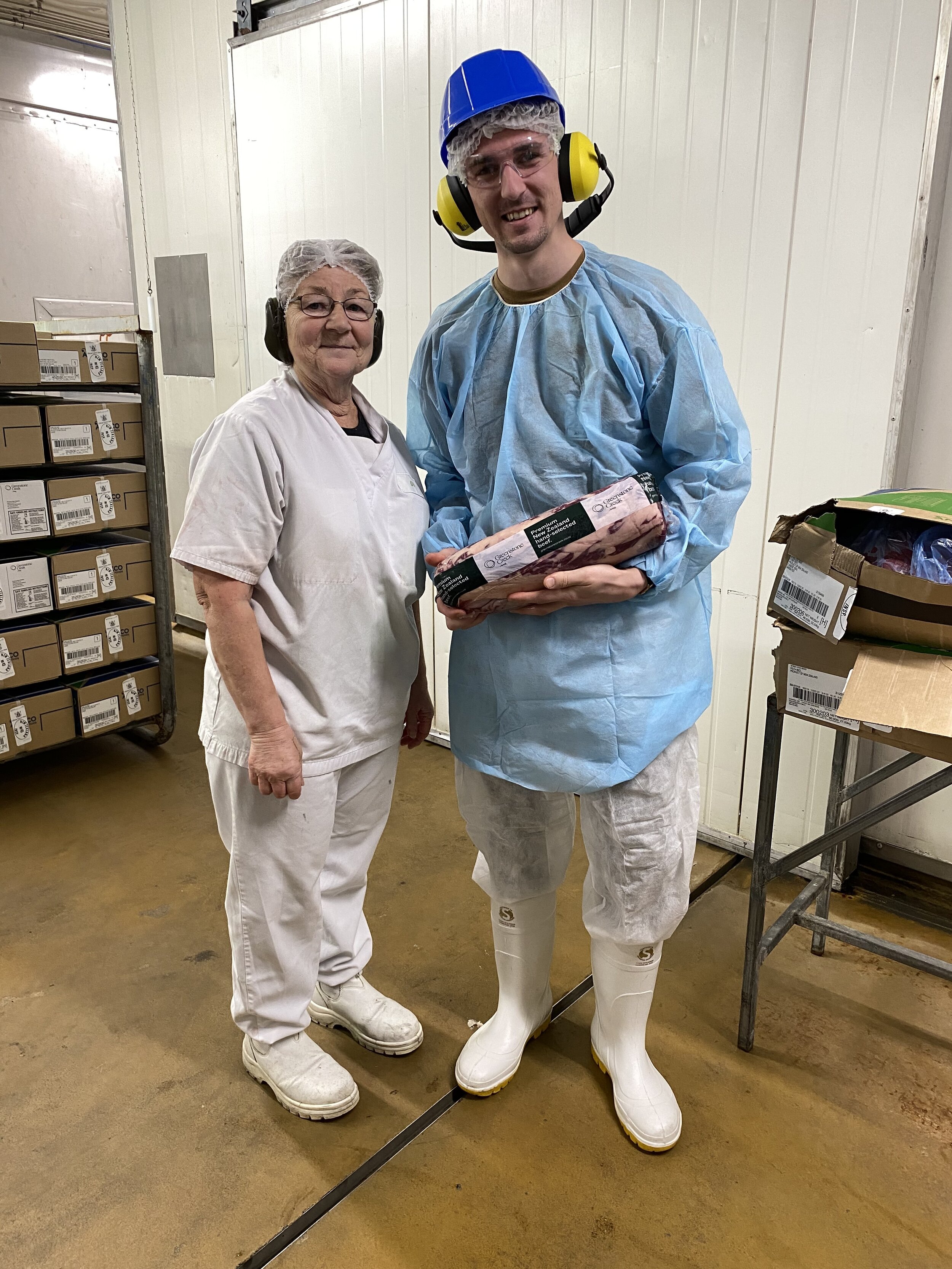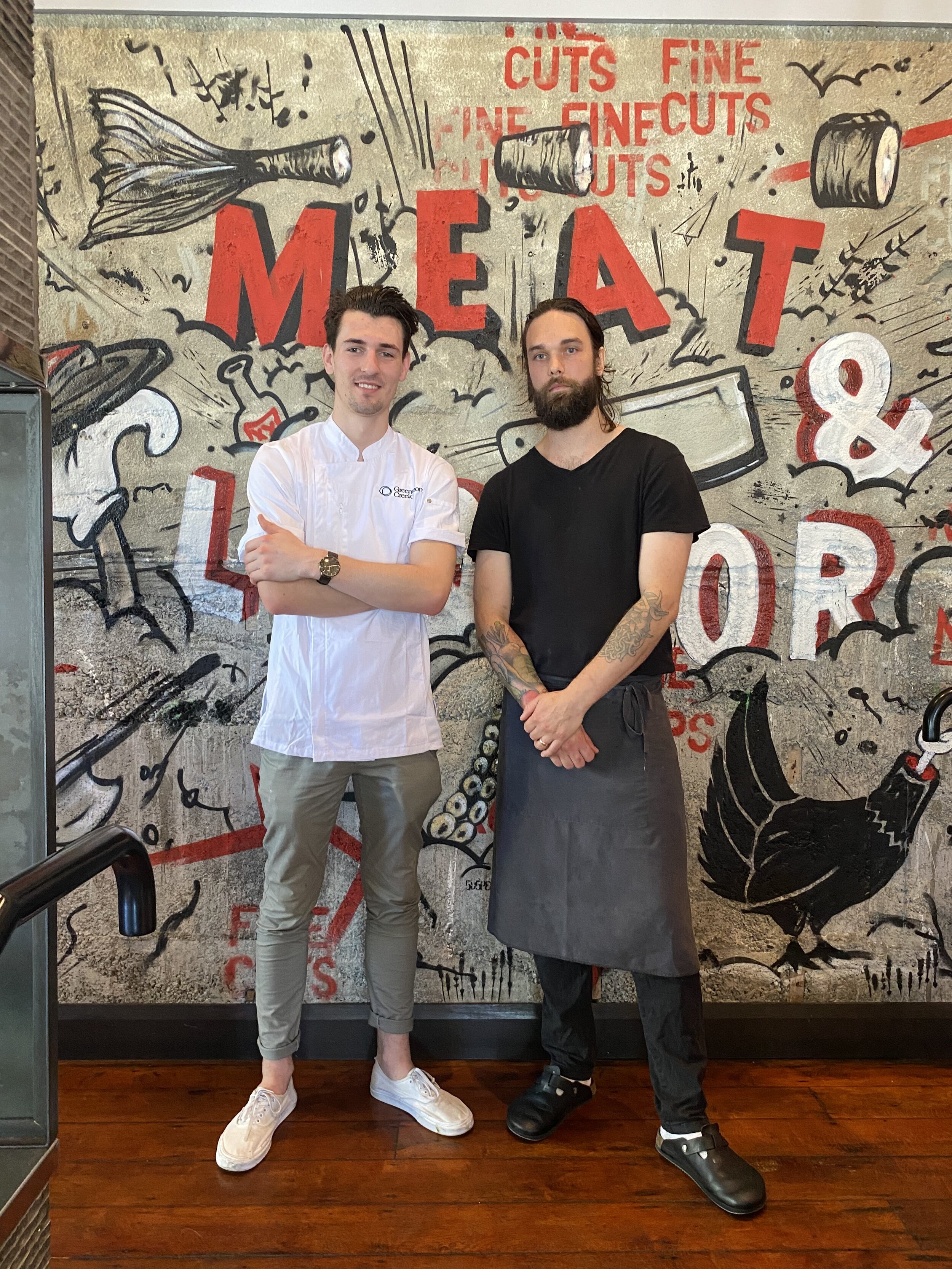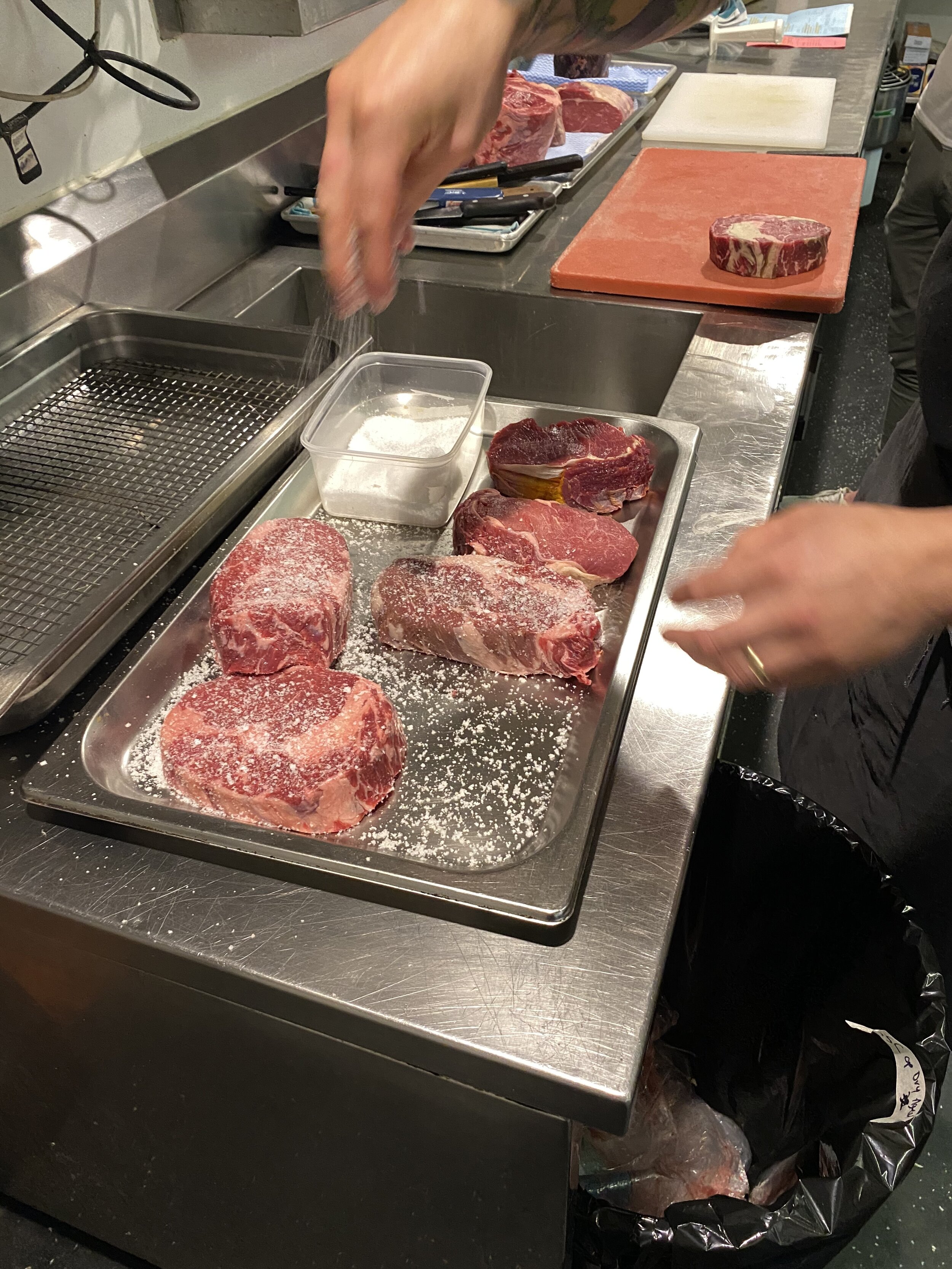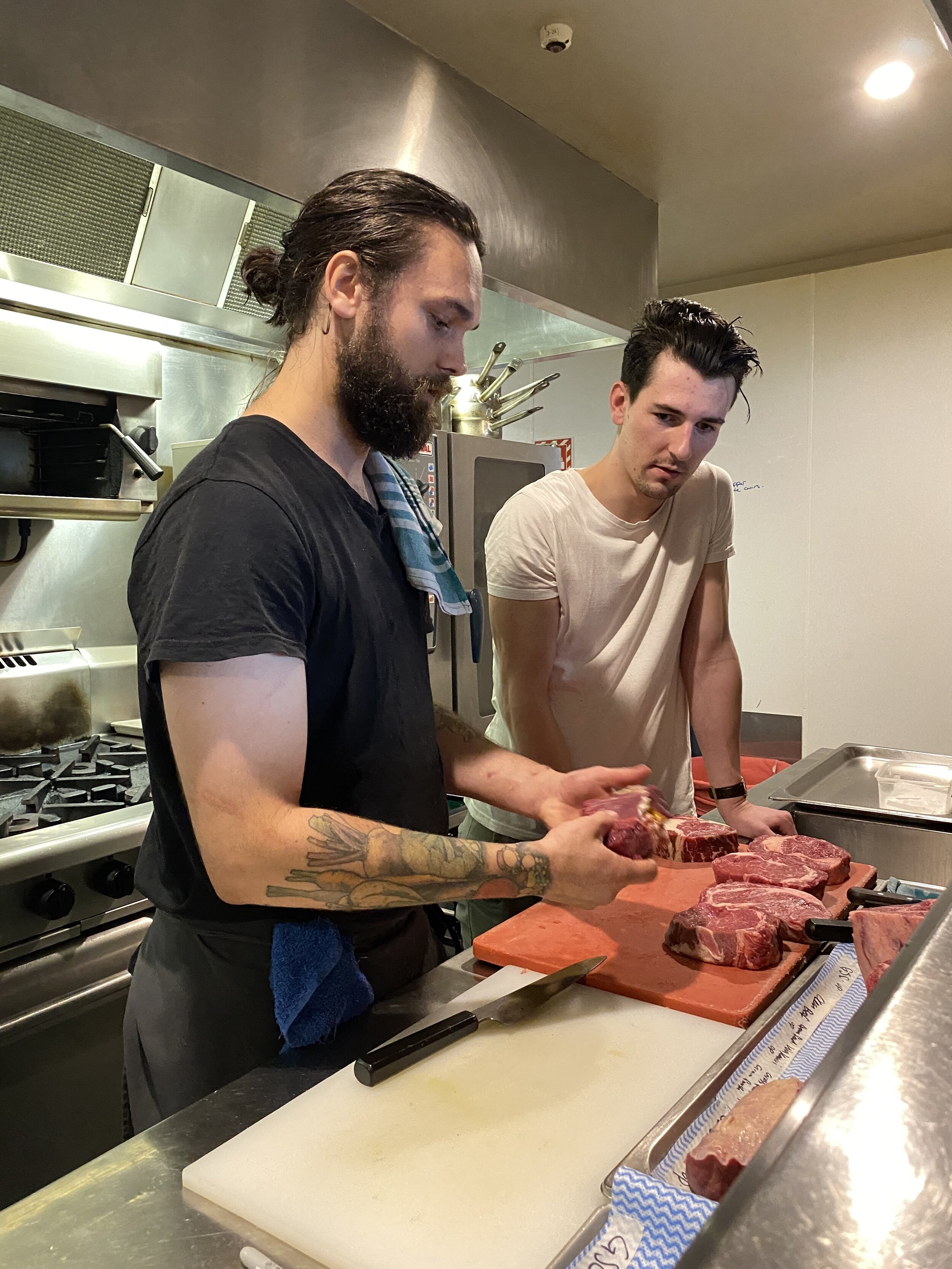IT’S ALL ABOUT THE ATTENTION TO DETAIL
When you talk about New Zealand’s top chefs – especially those who have held the honorary title of an Ambassador Chef – one of the consistent qualities that I have observed in each of them has been their attention to detail. This is what makes them stand out and ensures the success of an ever changing and very inconsistent foodservice world.
The same can be said for the produce they choose to use and the producers who grow it – it’s in the attention to detail which carries the products from the paddocks where they are grown, right through to the kitchens and on to the menus of New Zealand’s best restaurants.
This attention to detail struck a chord with chef Sam Heaven, when he recently undertook a paddock to plate journey with Greenstone Creek in Taranaki. Sam, who won the inaugural title of Beef + Lamb Young Ambassador Chef earlier in the year, said he was excited to be out in the paddocks chatting to the farmers and learning about the farming practices which ensured chefs around New Zealand have the best beef to begin with.
Starting with an amazing product is always front of mind for chefs, but it’s not often they think about how the animal is raised in the paddock. Sam said he certainly hadn’t given much thought to keeping cattle calm and stress free, but he can see why it is so important.
“I learnt that it starts with the farmers ensuring a good routine for their cattle. They told me how important it is to keep their stock calm when out in the paddocks which in turn keeps the meat tender and succulent once it is processed.”
Of equal importance is the grading room at the processing plant where Greenstone Creek grade all their beef. Attention to detail is at the forefront of their selection process and Sam said it was amazing to meet the graders. He was impressed by their skill of grading each cut of meat by eye – a skill which means they are able to select the best cuts. This attention to the marbling score produces a delicious tender cut of meat that chefs are proud to serve on their menu.
Ph levels are also tested which gives an insight into the life of the animal and ensures the animals which go through have not been under stress and will be succulent and tender. The graders also check fat cover, fat colour and once all their criteria are satisfied, they age all their steaks for 21 days. The aging process allows the enzymes within the meat to slowly break down and soften muscle fibres for an exceptionally tender end product.
Once delivered to the restaurant the chefs then have the choice to further age the product and add their own flavours and techniques to curate a menu which is uniquely their own.
This was the next step in Sam’s journey - a taste test hosted by Greenstone Creek chef, Rob Isbister from Meat & Liquor in New Plymouth. Sam said it was amazing to taste so many different beef cuts grown in so many different ways.
“We tasted everything from grass fed to grain finished to dairy cows – just about every type of beef processed at the ANZCO plant in Taranaki. It was so interesting comparing the flavours and textures of everything – as a chef it doesn’t get much better than having the opportunity to do this.”
Sam says he was most curious about tasting dairy cow meat and likes the ethos behind creating a useable product from a dairy cow once it has finished its milking life. He also found it interesting tasting the grain-finished cuts which offered a more intense flavour with their extra marbling. But it was the good old traditional grass-fed cuts that got Sam most excited,
“I am such an advocate of the traditional grass-fed beef – it’s something to be really proud of. We have so much greenery here in New Zealand it’s a great opportunity to promote our grass-fed beef on our menus.”
Overall, Sam says the trip has piqued his curiosity around cooking with New Zealand beef and the different types which are available for chefs and how he could be doing more with all the different cuts. It was also a highlight to meet another chef who is at the forefront of dry ageing beef and curating a menu based around these techniques.
Mostly though, Sam enjoyed being out in the paddocks seeing the animals grazing and learning the farming practices that are used to produce such amazing beef. Sam says he has gained more of an appreciation for the life of the animals and how as a chef he can take responsibility for ensuring the life the animal has given does not go to waste by using as much of it as possible and ensuring all his beef dishes are as tasty and creative as possible.


